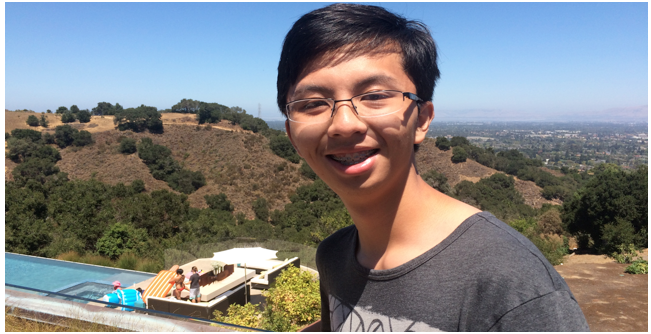LA’s Political Voices Come Together in Continued Modernization of LAX
GETTING THERE FROM HERE--What happens when the citizenry of all political stripes organize and the politicians actually listen to and work with them? Progress. Even in the City of Los Angeles.
(Plane lands on north runway at LAX-photo above)
Actually, especially in the City of LA, considering how there's a persistent pro-grassroots movement that consistently fights against political oppression (like the Coalition to Preserve LA).
Republican Richard Riordan came up with the concept of Neighborhood Councils, and Democratic LA City Councilmember Bill Rosendahl championed both citizen outreach and empowerment, in ways that were both scorned and which are now increasingly in vogue in the City of the Angels.
And because of this adherence to grassroots empowerment, and because of both of civic heroes like Riordan, Rosendahl, Friends4Expo Transit, and the Coalition to Preserve LA, the goal was and is for civilized discussion, debate, compromise...and, most of all, for reasonable and realistic SOLUTIONS.
Enter Councilmember Mike Bonin and Mayor Eric Garcetti, who both learned from and continued the efforts of their respective predecessors Bill Rosendahl and Antonio Villaraigosa to modernize LAX.
And they've just made major progress! After years of ferocious attacks and belittling by the LA Times and even the majority of the LA City Council, LAX will be modernized for a much cheaper cost, and with a much less invasive footprint, then the plan which LA World Airports tried to ram down our throats … and yet that which a NASA study concluded was not necessary.
And after years of grief and lawsuits that Westchester was pushed into, those who stood up for Westchester (and, by extension, the rest of the Westside and even the City) are now vindicated.
I still have concerns about how Mayor Garcetti's approach to Planning is entirely unsustainable, both economically and environmentally, but I will give the Mayor his props here:
Mayor Garcetti kept his word and avoided and unnecessary push of LAX into Westchester that would have both cut off the vital north-south arteries of Lincoln and Sepulveda Blvds and that would have also threatened the viability of rail line from LAX to the Westside and the San Fernando Valley.
In other words, in addition to avoiding the coziness of Wendy Greuel with the DWP, Eric Garcetti's election guaranteed a defense against a costly and devastating LAX expansion into the Westside. I well remember how Mr. Garcetti put his foot down during the last mayoral campaign, and he's earned as much cred in stopping LAX expansion as he's done in promoting better balance at Metro.
And shame on you, to those in the Times and the City Council for ignoring the "Group-Think" at LA World Airports about the northern airport expansion, and for pushing around and demonizing the Alliance for a Regional Solution to Airport Congestion (ARSAC) as selfish NIMBY's.
So LA World Airports (LAWA), which runs LAX, will NOT be sued, but WILL be able to modernize, and WILL save a lot of money and disruption in its short- and long-term operations.
As with the Crenshaw/LAX Light Rail Line effort, where Westchester saved the county a lot of grief by allowing that line's maintenance yard to be built within its borders when other regions were truly playing the NIMBY card, Westchester will remain a devoted partner to LAX, and will seek to encourage light rail and local modernization when it makes environmental and economic sense.
ARSAC had a lot of similarities with Friends4Expo Transit, in that grassroots/volunteer members of all political stripes came together and pushed for modernization that made sense...and saved money! Civic leaders like Denny Schneider, Sheila Mickelson, Robert Acherman, and Marta Evry come from all over the political spectrum, and they all banded together and made a stand.
It was truly David vs. Goliath...but I remember when Friends4Expo Transit was in the role of David, and yet persevered. And to the memory of the late Nan Schneider...your hopes and efforts in defending Westchester against an overreaching political tidal wave were not and will not ever be forgotten or lost.
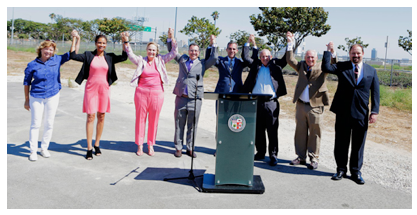 When Democrats, Republicans, Progressives, and Tea Partiers all come together to make a stand, there must be a good cause behind that stand.
When Democrats, Republicans, Progressives, and Tea Partiers all come together to make a stand, there must be a good cause behind that stand.
Perhaps the biggest hero of all is someone who just doesn't get enough credit: City Councilmember Mike Bonin, whose transportation/planning efforts have focused on both credibility and compromise, on both idealism and pragmatism. LAX modernization is something that Mr. Bonin has played a role in for decades ... decades!
And I'm sure that Mr. Bonin's predecessor, Bill Rosendahl, is smiling from Heaven knowing that--as with runaway overdevelopment in Los Angeles, we don't always have to put up with that.
Two other big Thank You's are in order: one goes to Argonaut writer Gary Walker. Westsiders who read the Argonaut have known for many years that when the Times is off writing and opining about what the Times thinks will get its next Pulitzer Prize, they can always rely on Mr. Walker to factually and fairly write on issues that are most relevant to them.
And then there's newly-appointed Director of LA World Airports Deborah Flint, and a host of amazing planners and LAWA officials who worked with the City of LA and Metro to change its obstructionist working paradigms to becoming a true partner, and a good neighbor, and of focusing on goals rather than fighting the wrong battles at LAX (which LAWA used to deem was its own personal property).
Pinch me, somebody! LAX modernization will actually occur without thrashing the Westside!
Pinch me, somebody! Metro Rail will be connecting to LAX!
Pinch me, somebody! The Expo Line IS a success, and LA is moving towards becoming an efficient and economically-viable city with respect to transportation alternatives.
Now if we can only fix that overdevelopment/neighborhood transformation problem over at the L.A. City Planning Politburo, my cup would runneth over.
But for all you heroes in Westchester, at LAWA, in the LADOT and Metro, and especially Mayor Eric Garcetti and Councilmember Mike Bonin...take a bow.
Lord knows you've earned it!
(Ken Alpern is a Westside Village Zone Director and Board member of the Mar Vista Community Council (MVCC), previously co-chaired its Planning and Outreach Committees, and currently is Co-Chair of its MVCC Transportation/Infrastructure Committee. He is co-chair of the CD11Transportation Advisory Committee and chairs the nonprofit Transit Coalition, and can be reached at [email protected]. He also co-chairs the grassroots Friends of the Green Line at www.fogl.us. The views expressed in this article are solely those of Mr. Alpern.)
-cw

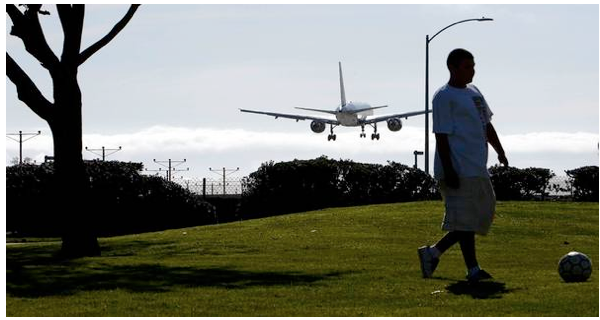

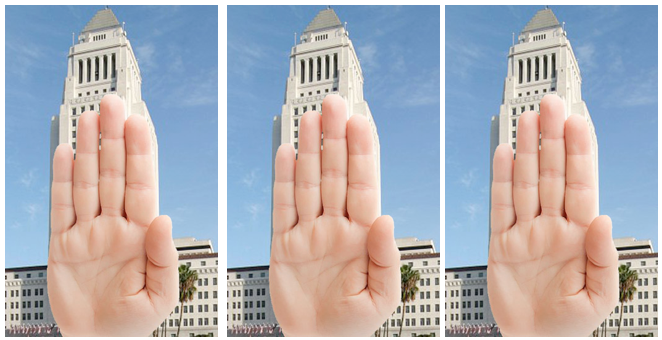
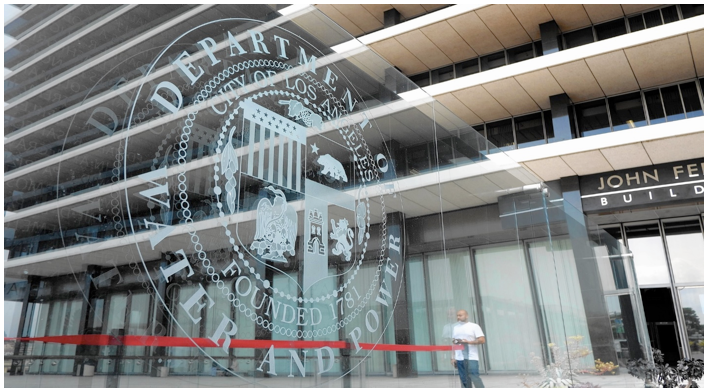
 It is wrong for lovers of open, transparent, accountable government, and horrible for enthusiasts of public power.
It is wrong for lovers of open, transparent, accountable government, and horrible for enthusiasts of public power. 
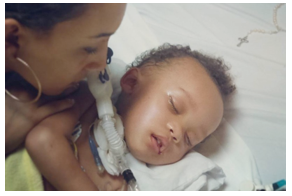 The case of Israel Stinson, as described in the Los Angeles Times by
The case of Israel Stinson, as described in the Los Angeles Times by 
